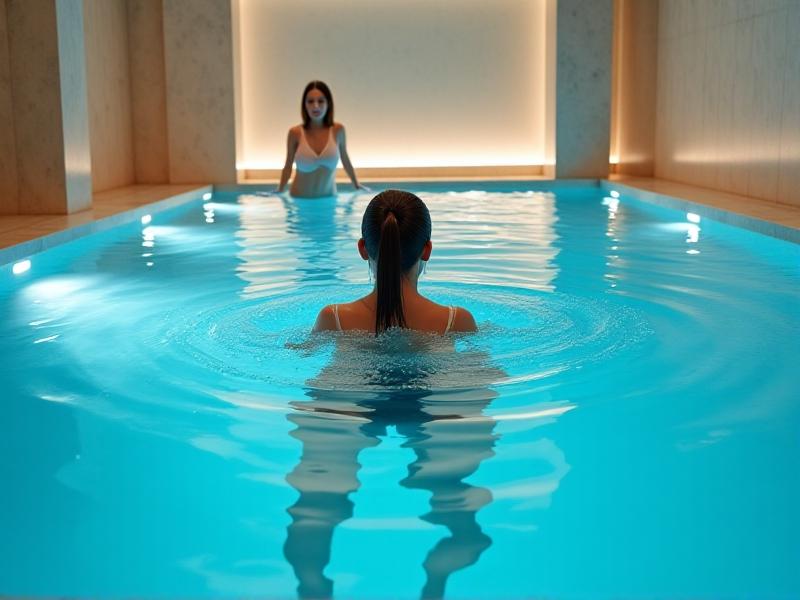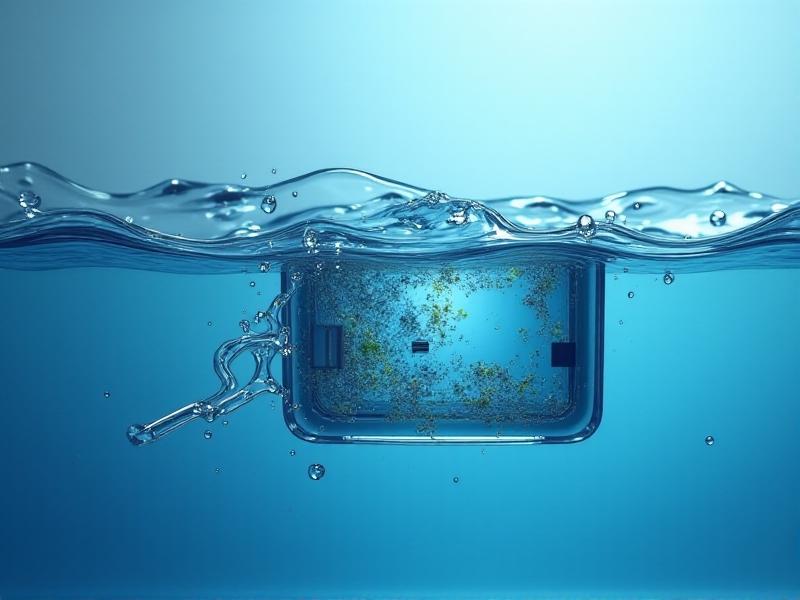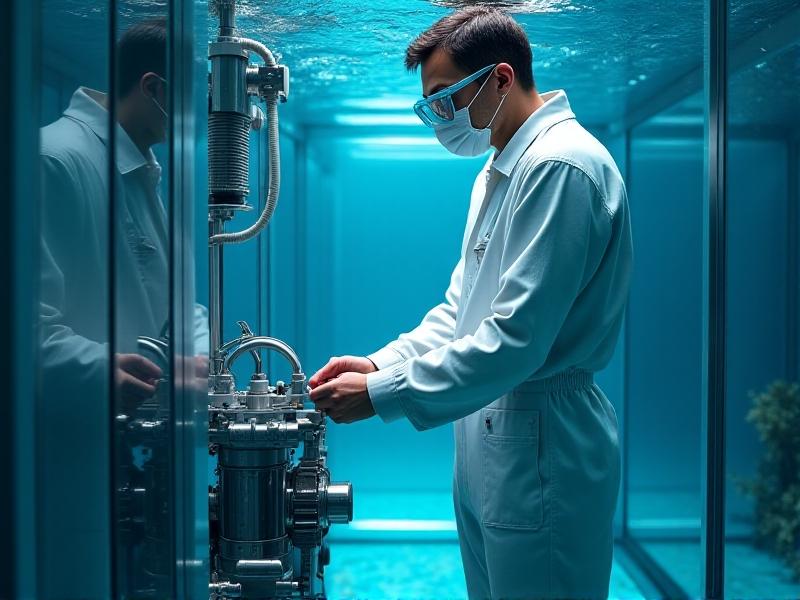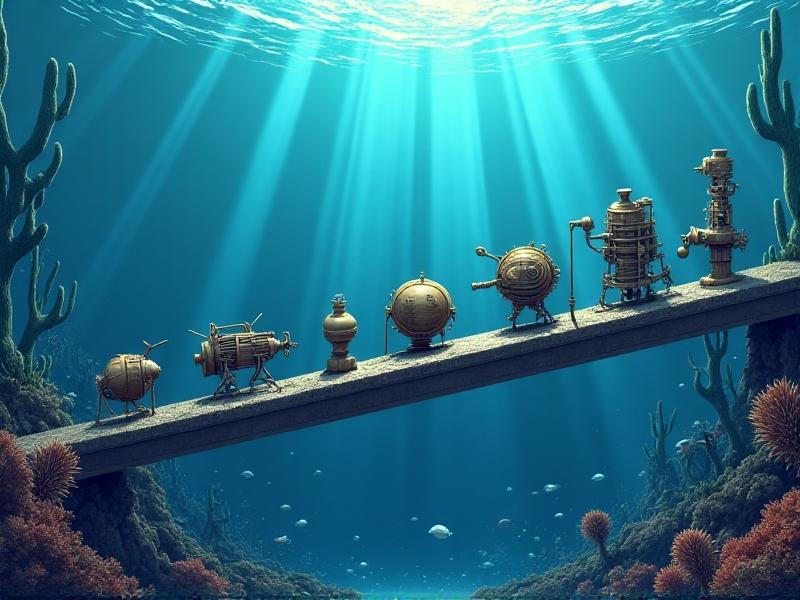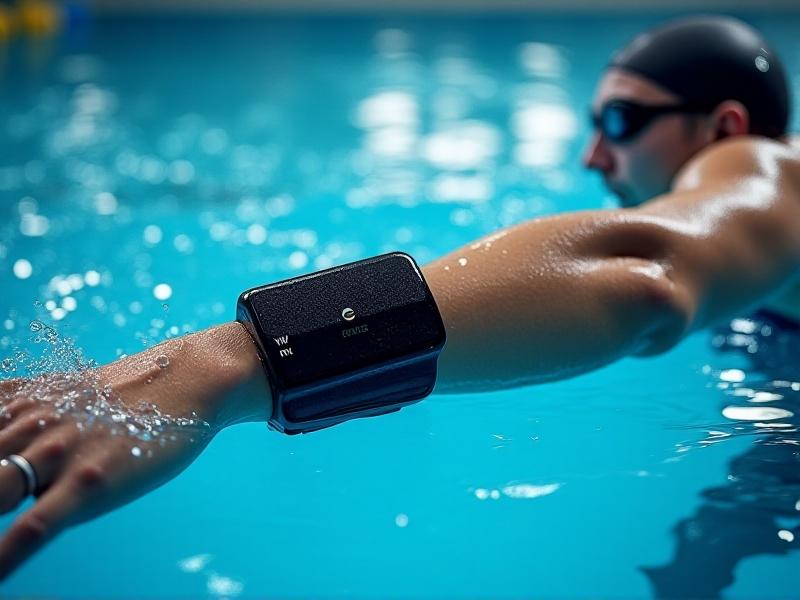Anti-Vortex Drain Safety Upgrades
Understanding the Anti-Vortex Drain: What Makes It Unique?
Anti-vortex drains are specialized drainage systems designed to prevent the formation of vortices, which can reduce the efficiency of water flow and potentially cause damage to infrastructure. These drains are commonly used in swimming pools, industrial tanks, and large-scale water management systems. The unique design of anti-vortex drains includes features like cross-shaped grates or specially shaped openings that disrupt the circular motion of water, ensuring smoother and more efficient drainage.

The Importance of Safety Upgrades in Anti-Vortex Drains
Safety upgrades in anti-vortex drains are crucial for preventing accidents and ensuring long-term functionality. One of the primary concerns is the risk of entrapment, particularly in swimming pools, where swimmers, especially children, can get caught in the drain's suction. Modern safety upgrades include installing drain covers that meet safety standards, such as those set by the Virginia Graeme Baker Pool and Spa Safety Act. These covers are designed to distribute suction force evenly, reducing the risk of entrapment.
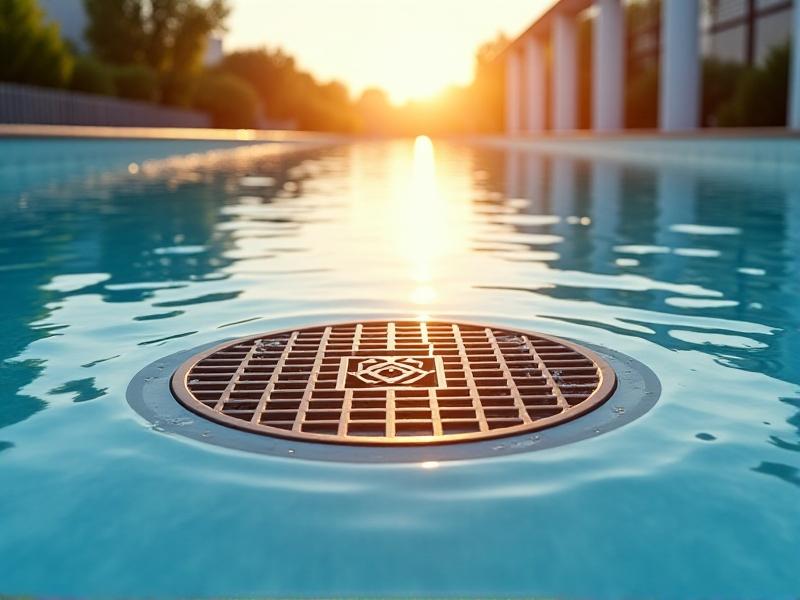
Innovative Materials Enhancing Anti-Vortex Drain Performance
The materials used in anti-vortex drains play a significant role in their performance and longevity. Traditional materials like cast iron and stainless steel are being replaced or enhanced with innovative composites and polymers that offer better resistance to corrosion, wear, and chemical exposure. For example, fiberglass-reinforced polymer (FRP) drains are becoming popular in industrial settings due to their lightweight yet robust nature. These materials not only improve the drain's durability but also reduce maintenance costs over time.
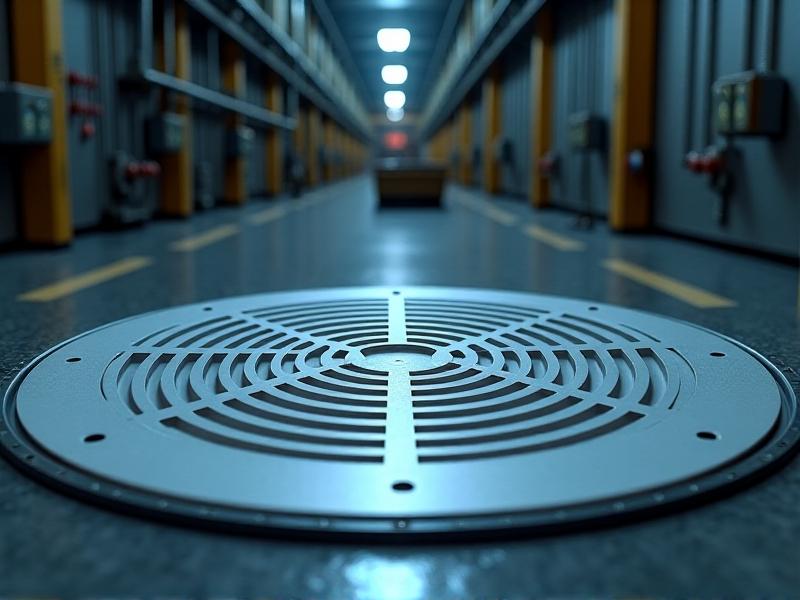
Installation Best Practices for Anti-Vortex Drains
Proper installation is key to maximizing the effectiveness of anti-vortex drains. This includes ensuring the drain is level, securely fastened, and free from obstructions. It's also important to follow manufacturer guidelines and local building codes during installation. For instance, in swimming pools, drains should be installed at the deepest point to ensure efficient water removal. Additionally, regular inspections during the installation process can help identify and address potential issues before they become major problems.
Maintenance Tips to Extend the Lifespan of Anti-Vortex Drains
Regular maintenance is essential for keeping anti-vortex drains in top condition. This includes routine cleaning to remove debris, inspecting for signs of wear or damage, and testing the drain's functionality. In swimming pools, for example, drain covers should be checked periodically to ensure they are securely fastened and free from cracks. In industrial settings, drains should be inspected for chemical buildup or corrosion. By staying proactive with maintenance, you can extend the lifespan of your drains and avoid costly repairs.
Case Studies: Successful Anti-Vortex Drain Safety Upgrades
Several case studies highlight the effectiveness of safety upgrades in anti-vortex drains. For instance, a public swimming pool in California implemented new drain covers and anti-entrapment devices, resulting in a significant reduction in reported incidents. Similarly, an industrial plant in Texas upgraded to corrosion-resistant materials, leading to fewer maintenance issues and increased operational efficiency. These examples demonstrate the tangible benefits of investing in safety upgrades and innovative materials for anti-vortex drains.
Future Trends in Anti-Vortex Drain Technology
The future of anti-vortex drain technology is focused on improving safety, efficiency, and sustainability. Innovations such as smart drains equipped with sensors to monitor water flow and detect blockages are on the horizon. Additionally, eco-friendly materials and designs that reduce water waste are gaining traction. As technology continues to evolve, anti-vortex drains will become even more reliable and adaptable to various applications, from residential pools to large-scale industrial systems.
Choosing the Right Anti-Vortex Drain for Your Needs
Selecting the right anti-vortex drain depends on several factors, including the application, environment, and specific safety requirements. For residential pools, safety-certified covers and user-friendly designs are essential. In industrial settings, durability and resistance to harsh conditions are key considerations. Consulting with experts and reviewing product specifications can help you make an informed decision. Ultimately, choosing the right drain ensures optimal performance and safety for your specific needs.
